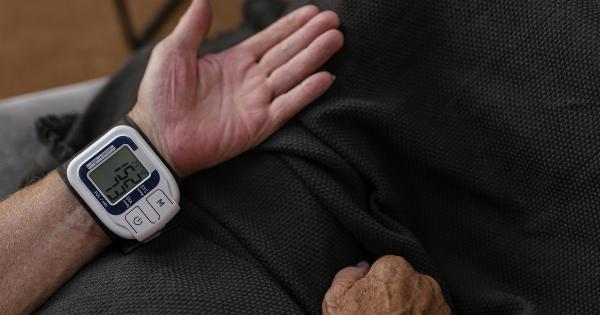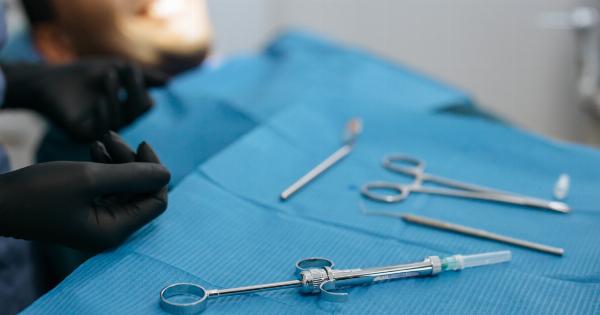Premature infants require constant monitoring and care to ensure they remain healthy and grow into strong babies. This can be a challenging process for caregivers, as infants need to be closely watched for any signs of distress or complications.
However, wireless sensors are revolutionizing care for premature infants, making it easier for caregivers to monitor their vital signs and respond quickly when needed.
What are wireless sensors?
Wireless sensors are small, wearable devices that can be attached to a premature infant’s body to monitor their vital signs, such as heart rate, breathing rate, and body temperature.
These sensors use wireless technology to transmit data to a monitoring system, which can be monitored by a caregiver or healthcare professional in real-time.
The benefits of wireless sensors for premature infants
Wireless sensors offer a range of benefits for premature infants and their caregivers:.
- Accurate monitoring: Wireless sensors provide accurate and continuous monitoring of a premature infant’s vital signs, which can help detect any signs of distress or complications early on.
- Reduced risk of infection: Because wireless sensors do not require wires or cables to transmit data, there is a reduced risk of infection compared to traditional monitoring methods.
- Less intrusive: Wireless sensors are small, lightweight, and comfortable to wear, making them less intrusive than traditional monitoring methods, which can help improve an infant’s sleep and well-being.
- Improved caregiver response time: Wireless sensors allow caregivers to monitor a premature infant’s vital signs in real-time, which can help them respond quickly to any signs of distress or complications.
How wireless sensors are used in neonatal intensive care units (NICUs)
Neonatal intensive care units (NICUs) are using wireless sensors to monitor premature infants’ vital signs around the clock.
These sensors are typically attached to the infant’s chest or foot and transmit data to a monitoring system that can be accessed by healthcare professionals or caregivers.
Some NICUs are also using wireless sensors to monitor premature infants’ oxygen saturation levels, which can help detect any signs of respiratory distress early on.
Challenges of using wireless sensors for premature infants
While wireless sensors offer a range of benefits for premature infants, there are some challenges associated with their use:.
- Cost: Wireless sensors can be expensive, which may limit their use in some healthcare settings.
- Interference: Wireless sensors can be affected by interference from other electronic devices, which may impact their accuracy.
- Data overload: With continuous monitoring, there is a risk of data overload, which may make it difficult for caregivers to detect any signs of distress or complications.
- Privacy concerns: Wireless sensors transmit data over wireless networks, which may raise privacy concerns for some caregivers and parents.
The future of wireless sensors for premature infants
As technology continues to advance, there is a growing interest in using wireless sensors to improve care for premature infants. Future developments may include:.
- Improved accuracy: Researchers are working on developing wireless sensors that are even more accurate and reliable than current models.
- Real-time alerts: Wireless sensors may be able to provide real-time alerts to caregivers and healthcare professionals when an infant’s vital signs indicate the need for immediate attention.
- Integration with other technologies: Wireless sensors may be integrated with other technologies, such as artificial intelligence, to provide even more accurate and personalized monitoring for premature infants.
Conclusion
Wireless sensors are revolutionizing care for premature infants by providing accurate, continuous, and less intrusive monitoring of their vital signs.
While there are some challenges associated with their use, the benefits are clear, and as technology continues to advance, there is a growing interest in expanding their use to improve care for premature infants even further.






























